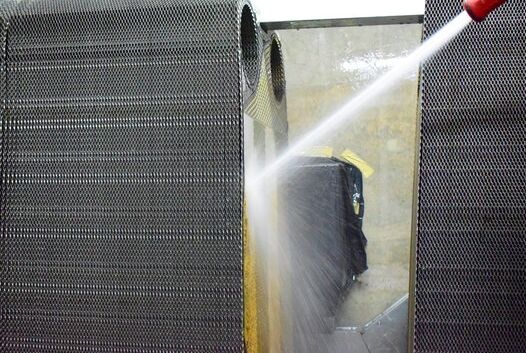Cleaning a plate heat exchanger is an important maintenance task to ensure optimal performance and efficiency. Here are some common methods for cleaning a plate heat exchanger:
1. Chemical Cleaning: Chemical cleaning involves using specialized cleaning agents to remove scale, deposits, and other contaminants from the plates. The cleaning solution is circulated through the heat exchanger for a specified period, followed by rinsing with water to remove any residue.
2. Mechanical Cleaning: Mechanical cleaning methods, such as brushing or scraping, can be used to physically remove debris or buildup on the plates. Care should be taken to avoid damaging the plates during this process.
3. High-Pressure Water Jetting: High-pressure water jetting is another effective method for cleaning plate heat exchangers. The high-pressure water stream can dislodge and remove stubborn deposits from the plates.
4. Steam Cleaning: Steam cleaning is a method that uses high-temperature steam to clean the plates and remove contaminants. The steam helps to dissolve and loosen deposits, making them easier to remove.
5. Ultrasonic Cleaning: Ultrasonic cleaning involves using ultrasonic waves to create high-frequency vibrations that help to dislodge and remove contaminants from the plates. This method is particularly effective for removing stubborn deposits.
It is important to follow the manufacturer's guidelines and recommendations when cleaning a plate heat exchanger to ensure safe and effective cleaning. Regular maintenance and cleaning of the heat exchanger will help to prolong its lifespan and maintain its efficiency.
